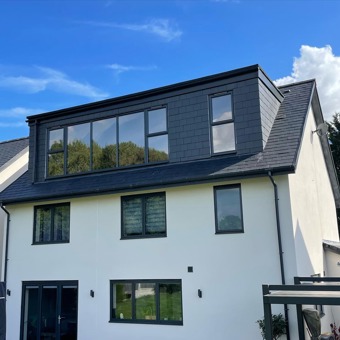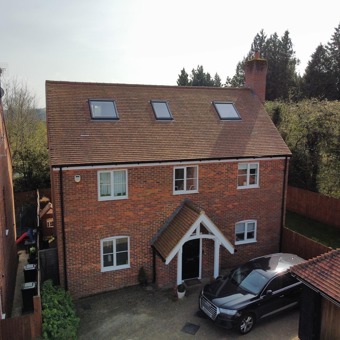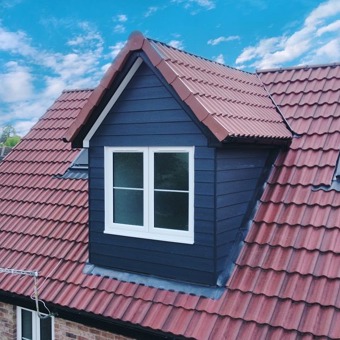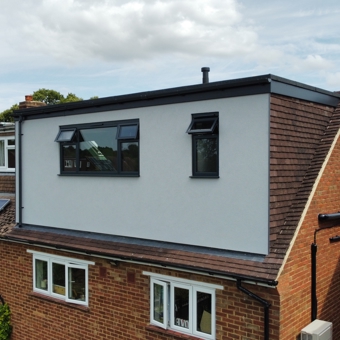Planning permissions
This is a brief overview of what may be required to build your loft conversion.
In most cases a loft conversion falls under the ‘Permitted development’ category, which means that planning permission will not be required. This applies to houses and bungalows but not flats, maisonettes, or other types of buildings.
Converting the loft of a house is considered to be permitted development subject to the certain limits and conditions. If these limits and conditions are not met, or Permitted Development rights have been removed in the area, then an application for Householder/Full Planning Permission will be required.
Limitations on the proposed development:
- Materials must be similar in appearance to the existing house.
- Volume of enlargement (including any previous enlargement) must not exceed the original roof space by more than:
- 40 cubic metres for terraced houses; or
- 50 cubic metres otherwise.
- Must not exceed the height of the existing roof.
- On the principal elevation of the house (where it fronts a highway), must not extend beyond the existing roof slope.
- Must not include:
- verandas, balconies* or raised platforms; or
- installation, alteration or replacement of any chimney, flue, or ‘soil and vent pipe’.
- Side-facing windows must be obscure-glazed; and, if opening, to be 1.7 metres above the floor of the room in which they are installed.
- Construction must ensure that:
- The eaves of the original roof are maintained (or reinstated)
- Any enlargement is set back, so far as practicable, at least 20cm from the original eaves (see pages 35-36 of the Technical Guidance below for more details)
- The roof enlargement does not overhang the outer face of the wall of the original house
Certificate of lawful use
If you want to be sure that your loft conversion does not require planning permission, an application for a lawful development certificate can be applied for at your local authority. Its purpose is to certify your loft has been converted using the Permitted Development allowance. It is not compulsory to apply for a Lawful Development Certificate but you if you plan to sell the property at a later date you maybe be required to produce one.
In the event that your loft conversion does not fall under Permitted Development and a Certificate of Lawful Use is refused, planning permission will need to be obtained from your Local Authority. It is the Local Authority’s responsibility to decide whether a proposed loft conversion should go ahead. Planning permission can take approximately 8 weeks to validate from the date of your loft conversion application. If the loft conversion is likely to affect neighbours or the surrounding environment, then planning permission may be a necessity. We can advise you on this before the build begins, giving you plenty of time to apply and avoid unnecessary delays.
Party Wall Agreement
A party wall agreement is a legal agreement made between you and your neighbours, regarding any building work occurring that affects your shared wall and is for preventing disputes in relation to party walls. If you intend to carry out any work to the party wall, it is up to you to inform your neighbouring property of your intentions. This should be done in writing before work commences.
The Party Wall Act contains no enforcement procedures for failure to serve a notice. However, if you start work without having first given notice in the proper way, adjoining owners may seek to stop your work through a court injunction. It would be advisable to discuss your plans with your neighbour first. You may find that they have no objections. Even if they are not 100% supportive of your decision, they will no doubt appreciate being asked and consulted.
If your unsure of your permitted development rights, don’t worry! Our experienced architect will obtain all the necessary documents you need to get your loft converted.




